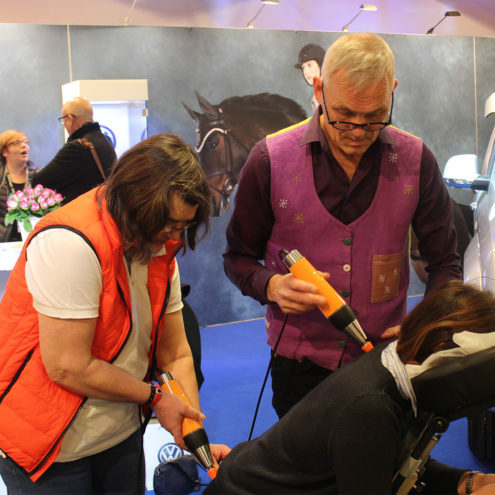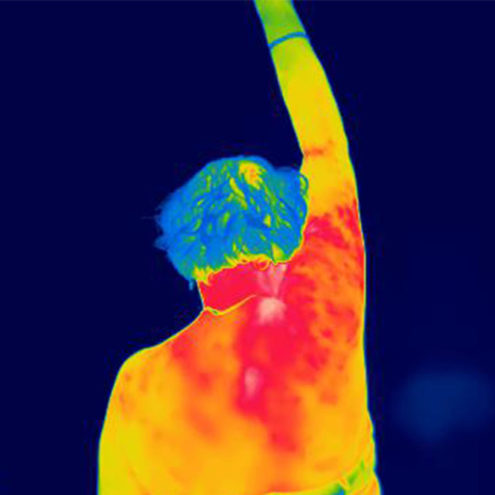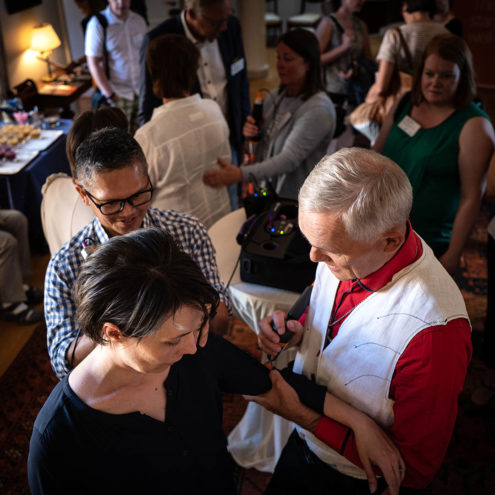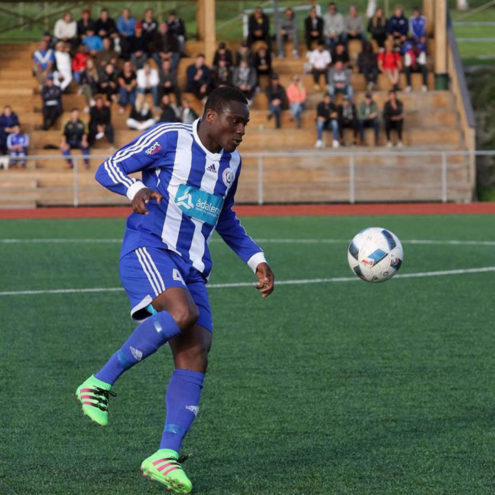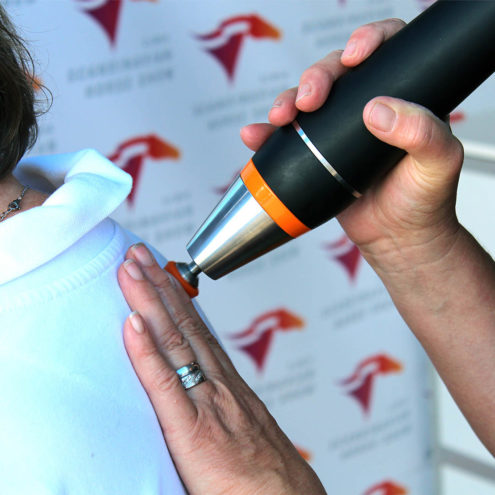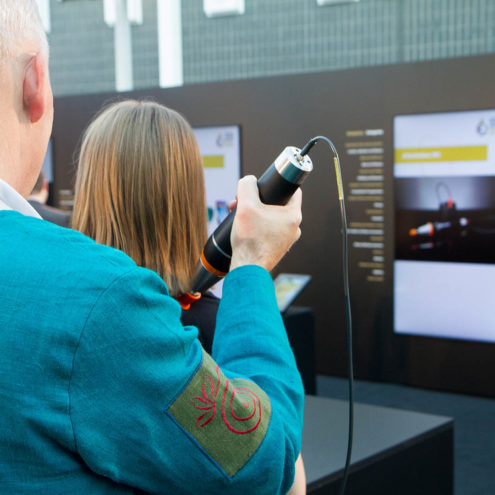Dislocated Knee: Symptoms and Treatment

Dislocating the knee, also known as knee dislocation, is a serious injury that can cause significant pain and disability. This article aims to provide an in-depth understanding of what it means to dislocate your knee, the most common symptoms and the different treatment options available.
What does it mean to dislocate your knee?
Description of when the kneecap or other parts of the knee joint move out of their normal position, which can lead to instability and pain
The knee joint is one of the most complex joints in the body and is made up of several structures, including the kneecap (patella), the femur (thigh bone), the tibia (shin bone) and several ligaments and tendons that hold everything in place. When the knee dislocates, it means that one or more of these components have moved from their normal positions. This can lead to knee instability, severe pain and the inability to move the knee joint normally. Dislocation of the kneecap is most common, but other parts of the knee joint can also be affected.
When the kneecap is dislocated, it can slide either sideways or upwards, causing a noticeable deformation of the knee. This displacement can damage surrounding ligaments and cartilage, further contributing to pain and swelling.
Common causes of knee dislocation, such as trauma, overstretching or underlying medical conditions
There are several factors that can cause knee dislocation. Some of the most common include:
Trauma : A sudden force to the knee: A sudden, forceful impact to the knee, such as can occur in falls or sports-related injuries, can cause a dislocation.
Overstretches: If the knee joint is stretched beyond its normal range of motion, the ligaments and tendons that hold the knee in place can be damaged, causing dislocation. This can happen during activities that involve sudden turns or jumps.
Underlying medical conditions: Some people may have an increased susceptibility to dislocation due to congenital or acquired conditions that affect the strength and stability of ligaments. Ehlers-Danlos syndrome and other connective tissue diseases are examples of such conditions.
Symptoms of dislocated knee
Sharp pain and discomfort in the knee at the time of injury
When the knee is dislocated, the most prominent symptom is a sudden, sharp pain experienced immediately at the time of injury. This pain can be so intense that it makes it impossible to put weight on or move the knee joint.
Swelling and soreness around the knee joint
After the initial pain, the knee usually starts to swell due to inflammation and possible bleeding inside the joint. The swelling can progress rapidly and lead to the knee looking deformed. The area around the knee often becomes very tender and sensitive to touch.
Limited mobility or difficulty bending or extending the knee normally
After a knee dislocation, mobility in the knee can be severely limited. It may be difficult or impossible to bend or extend the knee due to pain, swelling, and mechanical obstacles from the misaligned kneecap or other structures.
Treatment of dislocated knee
Emergency care with repositioning of the knee to its normal position by a medical professional
The first and most critical treatment for a dislocated knee is to bring it back to its normal position. This should be carried out by a medical professional to minimize the risk of further injury. The process may require pain relief or sedation, depending on the severity of the injury and the patient’s condition.
Immobilization with wrapping or use of knee orthosis to stabilize the knee and promote healing
After the knee joint has been corrected, it is important to immobilize it to allow healing and prevent it from dislocating again. This can be done by wrapping the knee or using a knee orthosis that keeps it stable and limits its range of motion. Immobilization time may vary depending on the severity of the injury and the person’s individual recovery process.
Physiotherapy and rehabilitation to restore strength and mobility to the knee and prevent future dislocations
Once the initial healing process is complete, physiotherapy is an important part of rehabilitation. A physiotherapist can develop an individualized exercise program aimed at restoring strength and mobility to the knee joint. Training often focuses on strengthening the muscles around the knee joint, improving balance and coordination, and preventing future injury.
How can we help you if your knee is dislocated?
At the FasciaClinics, we take a holistic approach to treating the knee joint. Our team of therapists use fascia therapy, a form of wellness treatment to relieve tension and pain. Fascia is the network of connective tissue that binds and permeates everything in our body. All cells, tissues (even bone), muscles and organs contain fascia.
Fascia treatment focuses on releasing tension and adhesions in the fascia and increasing its flow. By reducing pressure and increasing circulation, cell membranes can more easily absorb nutrients and release waste products. In this way, fascia treatment can promote the body’s own healing. The treatment is pleasantly relaxing and painless. It gets the whole body flowing and helps you balance your posture so that the body is evenly loaded.
During a visit, we analyze the whole body to see where compensations and imbalances are and how they have spread. If there is an imbalance in the body, there is a risk that it will spread and affect other structures such as muscles and joints. That’s why it’s very important to seek help quickly as soon as you notice any symptoms.
Fascia treatment for the knee joint involves balancing the body to make the load on the knees more even. A more even load will reduce the wear and tear on the muscles and other structures of the legs. This can reduce the risk of further injury and increase the body’s recovery.
In the meantime, it is very important to follow the recommendations of your healthcare professional while you are undergoing fasciitis treatment in order to return to your activities as soon as possible.
 Search
Search



